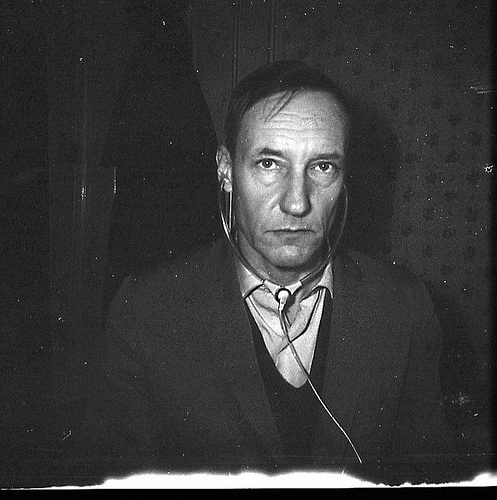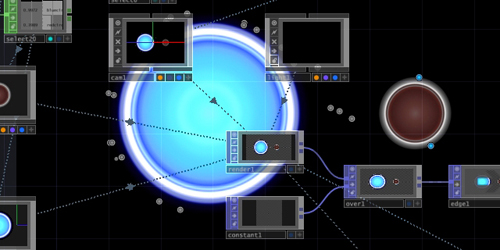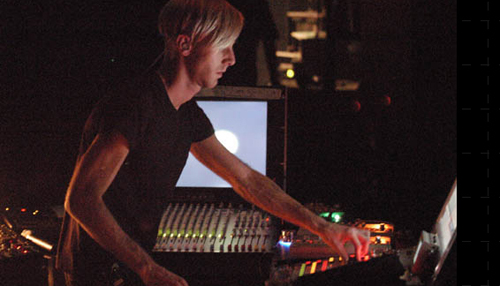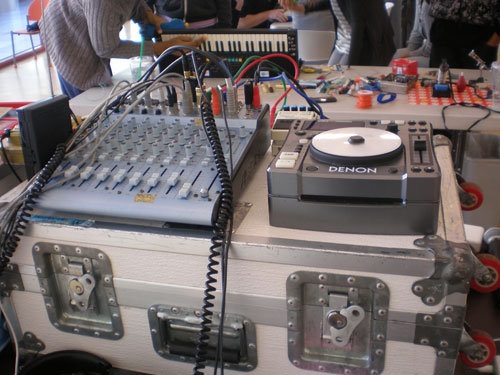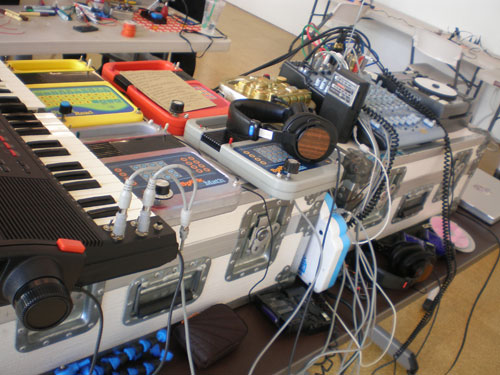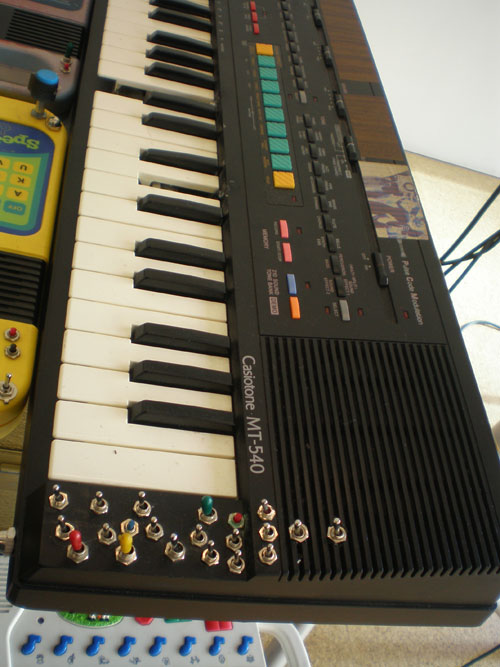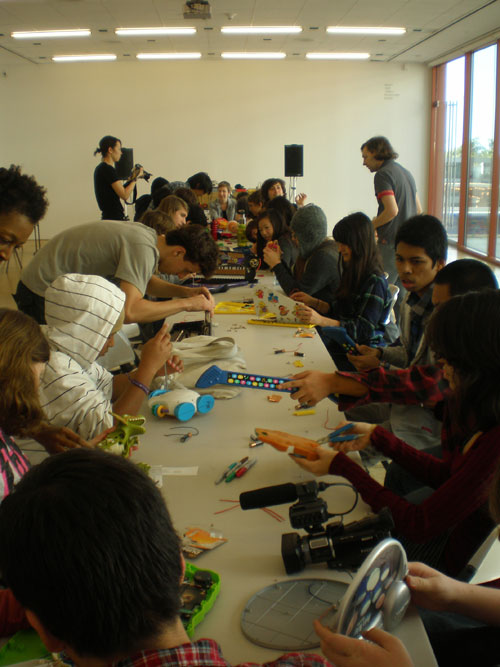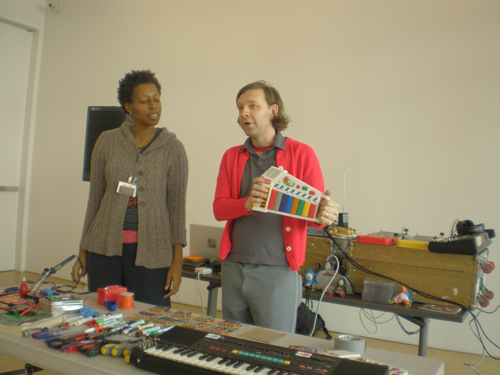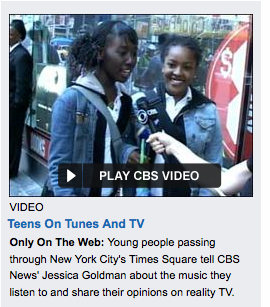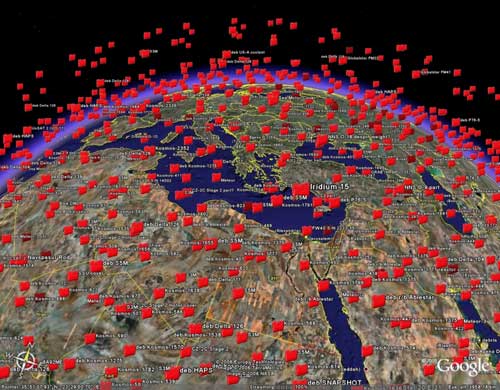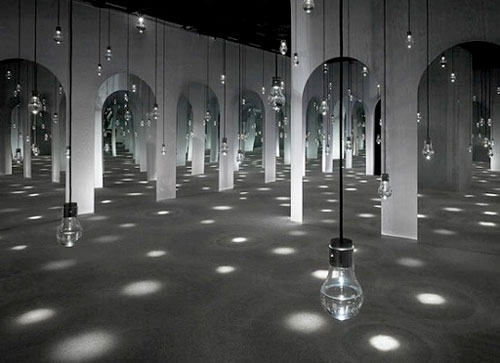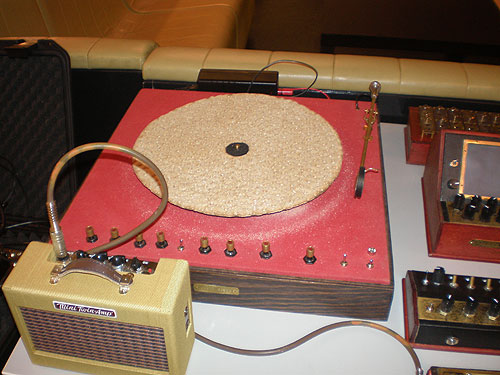REBLOG: Elektra Digest, by Rhiannon Vogl
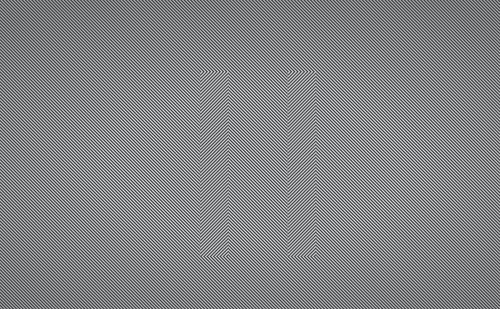
Image source: Elektra Festival
Text source: Vague Terrain
Last week, I headed to Montréal for the 11th incarnation of the Elektra International Digital Arts Festival in Montréal. The five day event attracted artists and industry professionals from as far away as Dakar, Seoul, Istanbul and Shanghai, as well as various countries across Europe and North America, to the cosmopolitan Québeqois city, which is quickly, as many of us already knew, establishing a name for itself as THE creative hotbed for electronic arts. There was much to take in each day, and while it can’t all be discussed here, this post represents a compendium of the most interesting, evocative and stimulating experiences from my time there.
The Conferences
For those presenting at the International Marketplace for Digital Arts, the future, in the (wink) words of Chip Douglas, is very much now. The “professional rendez-vous” as it was dubbed by Elektra’s organizers, was a two-day blitz of presentations, debates and dialogues, given by over 30 international artists, producers, agents, broadcasters, curators, institutional directors and event organizers. While the format of the conference itself could be described as both a massive speed dating session and networking boot camp, leaving not quite enough space for attendees to fully digest all that was being offered, the conceptual framework of the event – arranged as a space to foster collaborations and to develop new, cross-border distribution networks, was clearly taken advantage of by all observers and presenters alike.
Read the entire entry at Vague Terrain

